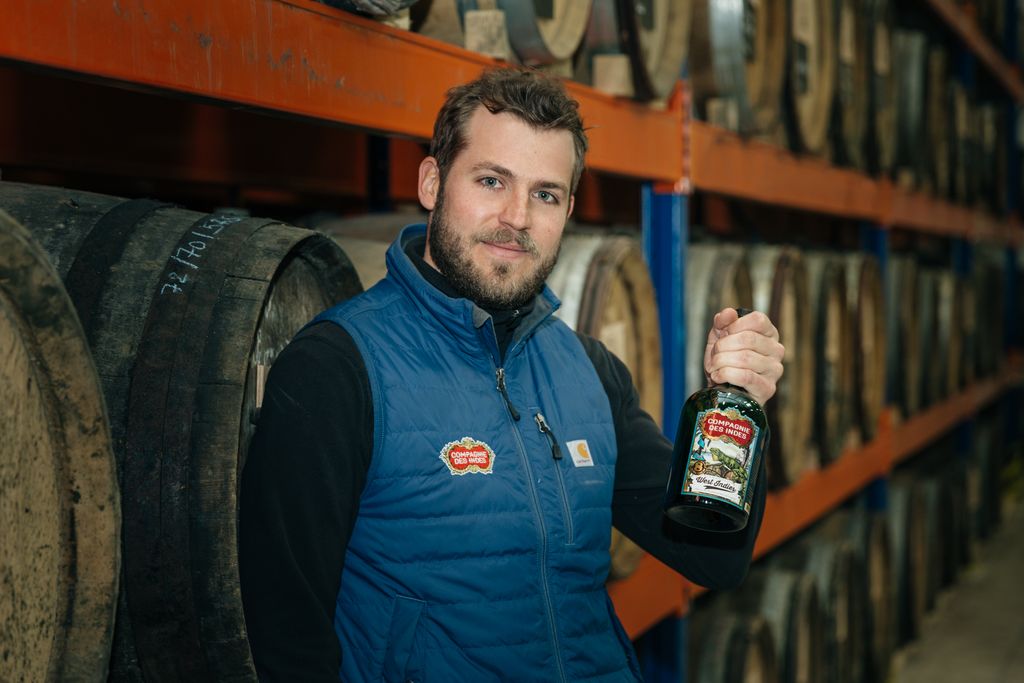
With almost 6 years of existence, La Compagnie des Indes is one of the pioneers of French independent bottling. At a time when IBs ("Independent Bottlers") are flourishing everywhere, we wanted to take stock with Florent Beuchet . We talked about his vision of the world of rum today and tomorrow, by discussing his latest discoveries and creations.
Can you tell us about some upcoming new features?
There is a new product that has not yet been released in France, which has only been exported for the moment but which will arrive soon. It is the Trinidad Ten Cane . It is a bomb, and what is more, it comes from a closed distillery, which is not insignificant.
Was this the distillery set up by LVMH?
Yes, it is a project that cost LVMH 40 million Euros. They launched a pure juice rum intended mainly for the American market at the beginning. The name was Ten Cane because it takes ten sugar canes to make a bottle of rum. They sent French people to build a distillery on the island of Trinidad, to use the cane that grows on Trinidad and Tobago, in order to make "fresh cane". They also sent Charentais pot-stills.
The distillery operated for 7-8 years, but they realized that it was not doing very well in the United States. The rum was difficult to sell because it was a bit greenish and also very expensive. Despite a beautiful bottle, Bacardi being so powerful on the American market, they were unable to compete. I knew the boss of the brand well, whom I saw every year at a trade show in New Orleans, and he announced to me that they were closing and dismantling the distillery.
They were certainly ahead of their time…
Yes, they were definitely ahead of schedule for the US, so they mostly targeted the wrong market. It was about the same price as Banks 5 Island Rum , the rum I was working for in the US, but it was a really unusual white rum and people didn't understand. They had only recently started aging, so I bought some casks when the distillery closed.
Do you ever age it entirely at home, that is to say, buy white rum that you put in barrels yourself?
Not yet, at least not a rum that I have sold so far. I am a small producer, I do not have a lot of financial capacity, so I try to buy rum that I will be able to keep 3, 4, 5 years maximum before selling it. So I avoid buying white rum in general. I try to have rums that are at least 3 years old , that I will age for 5 years to have an 8 year old. The price difference between a white rum and a 3 year old or even 5 year old rum is really minimal.
I guess it's good to have a rum that has already aged on site (in its country of origin) and has already acquired a certain structure? Besides, is there always a minimum of aging on site?
This is generally the case, but not systematically. Aging is not mandatory, because unlike whisky , rum is a rum as soon as it comes out of the still. It depends on the distilleries, there is no obligation from this point of view.
How many barrels do you have in your cellar today?
It varies a bit between what I bring in and what I take out, but I have between 150 and 200 barrels in stock. But it remains ridiculous when you look at Plantation (Ferrand) which must have about 50,000 (even if they are not only rum barrels since they make cognac, calvados, armagnac etc).
Are you alone in managing the cellar?
I am the only one who chooses, lets it age, tastes it and decides to bottle it. But for a year now I have hired Bérenger who works 100% in the warehouse, so that we can manage our fleet of barrels ourselves. That's what we've always done, but now we really have additional added value, because Bérenger reviews all the racks, barrels the rum to the exact degree that we have chosen according to the type of barrel, recovers the barrels and reworks them, transfers from barrel to barrel, does the filtration , the dilutions , etc., etc. It's Bérenger who manages that most of the time, since I no longer had time to travel abroad, to source, to sell, to do the master classes, to be in the office and to be in the warehouse.
We distinguish between bottlers who refine and work their rums, compared to pure and simple bottlers...
Today, with all the independent bottlers or even the "marketers" (because there are people who only create a brand), we realize that there are a lot of people who saw the El Dorado of rum coming. There are a lot of brands that have launched recently. There are a lot of them who are just what we call "armchair bottlers", who will create a brand, nice packaging and call on a custom bottler, often based in Cognac . They will have the barrels delivered to him, and he will do everything; put them in the bottles, put them on the pallets... And so whether they are based in England or New York, they will just send their emails and their pallets. That's the majority of independent bottlers.
Today, we have real added value ; we have our warehouse, we control our barrels, we taste, we filter ourselves, we do our dilution as we design it, that is to say a slow and delicate dilution . We bottle all our barrels on site, we always let the rums rest in the bottle before shipping. This is an added value that 80% of independent bottlers do not have.
Often we don't know where an IB bottled, who bottled for him, who did the dilution... Plantation does it, Old Brothers does it (I know Anto does a lot of stuff himself). Otherwise objectively I know few people who do things themselves.
It's perhaps something that enthusiasts don't pay much attention to yet, but which nevertheless brings a touch and a coherence to a range. I also find that we can get to know your tastes through the bottlings.
When you really select barrel by barrel , the tastes are reflected through the selection, even if I also learn to select rums that are not necessarily my favorites but that can please certain types of consumers. You have to be able to flatter the greatest number of consumers while offering honest products.
It is certain that when you just make a selection on a sheet of paper, based on the cost price, it has less coherence in the long term. It is certain that there is no romantic side behind a bottling that is made by people we have never seen and that is sold by people who have never touched the product, the barrel, and who do not even know how it is done.
Is this also why you do this educational work in all the fairs you participate in?
The best marketing is the face-to-face meeting with consumers, it's bringing together new ambassadors. Rather than making pages in magazines or discounts to be present in bars, I pay for a lot of trips and a lot of trade fairs to see my clients and make them understand the added value of the brand and our way of working. These are then people who believe in the products, who put a face behind the brand. This brings people together and leaves a lasting impression on them.
You were in Singapore recently, do you have new markets in Asia or elsewhere?
We have been in Singapore for two and a half years. It is a very small market but it is doing very well.
Australia was a small market, but I did a Skype conference with all the salespeople 3-4 months ago (at 6am so it would be 3pm at their place). I explained my philosophy and my way of working, and in 2 months we doubled sales. As it turns out, when people are motivated and understand the brand, they can sell it more easily.
Last year, in November, I was in Japan for a trade show. It went well and we did a bottling with the Japanese Rum Association. I selected 2 barrels that will be released in 2 or 3 months in Japan.
I hope to open the United States one day, because it's a big market. It's the biggest rum market in the world, only it's the biggest market for cheap rum. But I'm hopeful that in the long term , whisky lovers (which are a huge market there) will turn to rum as we've seen in Europe. That's certainly what's happening in Asia .
For the United States, you have to find the right partner, and since they look at the numbers a lot, they realize that the rum market is constantly declining. Only, they are not looking at the right numbers because in fact, if you look, the premium rum market is increasing by 6%. It is still small, but now is the time to take positions.
To talk about the evolution of independent bottlers, I have the impression that like your Veneragua, Latino or West Indies, we are starting to see more and more blends.
Blends from several countries are interesting, and it's also an added value. As an independent bottler, I make quite a few blends . In fact, the Kaiman that came out for the brand's 5th anniversary is a blend. It's a technique I learned in my wine studies. I'm originally from Burgundy, and in Burgundy you don't have blends of grape varieties. The white is Chardonnay, and the red is Pinot Noir.
But when you go to regions like Languedoc, you have more than 13 or 15 different grape varieties that you can use in red. It's interesting to mix Mourvedre with Syrah, Grenache, Carignan. And the beauty of it is to create a balanced blend with different ingredients to expand the spectrum of aromas.
This applies to the world of rum , so that's interesting. I think that it's something that will continue, at least for me it's certain.
I think there will be more and more cask strengths that will continue to be made. The thing is that people could not necessarily understand the price difference between a cask strength and a normal bottling until now. But we have more and more customers interested in that.
I believe that independent bottlers will be led to make more and more authentic products. Among the new IBs that are launching, there are no colorants , no sugar , traceability and transparency of the most exacerbated.
You created La Compagnie des Indes all by yourself, how many people does that represent today?
I hired a new ambassador last Monday, so there are 4 of us in total. There is Bérenger at the warehouse; Aïcha who takes care of communication, marketing and invoicing; Alexandre, a Bordeaux native, the new Brand Ambassador (who is taking advantage of the lockdown to read and cram in order to know the world of rum like the back of his hand so he can go and give master classes all over France and Europe), and myself.
You are increasingly sourcing live, it must be nice to rediscover the taste of discovery from the beginning.
Yes, the trip I took in 2017 helped me a lot, and I will be doing another one soon in other countries. I also discover things during my travels to visit clients, for example in Japan where I visited a particular distillery . It is not necessarily more profitable than when I work with a broker , but it is interesting. And I have my little secrets to stay competitive!
It is also increasingly difficult to be competitive today, especially because distilleries have increased their prices drastically over the last 5 years.
Also, what about the fact that many distilleries are now asking IBs not to reveal their names?
The more it goes, the more the distilleries trust me, and they even use me as a marketing tool. That is to say that with distilleries like Savanna for example, I do not have the right to sell the rums that I bought from them in France, but on the other hand they told me "if you want to sell in Japan, Singapore, Denmark, Sweden... countries where we are not present, you can put our name on the labels, it makes us known."
That's what Worthy Park did initially. However, they stopped once they became known through independent bottlers. If nobody had put their name on their label, nobody would want Worthy Park today. But they may be coming back on that. They will tend to be selective about who they work with, though.
I know they trust me, they know I promote their product, and that it's an advantage to put their name on the label. So I have more and more the right to do it, except with large multinationals because there are real trademark problems. They don't care that a small IB like me puts their name on his labels, and prefer to protect their brand.
There is always very little pure juice in your selections. Is it complicated to source this kind of rums?
The Brazils that I released are pure juices, the Ten Cane too. But since the pure juices are mostly from the DOM TOM, these distilleries are small entities with little volume and little stock. And with the evolution of the rum market , the speed at which it has evolved, they are getting scared. They say to themselves "if we sell all our stock to IBs, in 4-5 years we will no longer have stock to bottle old rums."
This is why these small entities inevitably sell their barrels less easily, and therefore I have less pure juice.
Are you still pursuing your dream of running your own distillery?
What I don't want to do is create a rum distillery in Europe, because I think it doesn't really make sense. Even if we know that in 2017 in Jamaica they were using molasses that came from Fiji , so from the other side of the world. But that's a climate heresy.
The problem is that often the molasses distilled in the Caribbean does not come from the country of origin. For example, Barbados distills molasses from Guyana or Trinidad . The same goes for Jamaica, so the base product does not necessarily have a " terroir " aspect. This is not the case with pure juice, because the cane cannot be transported, so it is distilled where it is harvested.
Having a distillery that distils rum in continental Europe, I find it strange. I don't think it brings any added value. Besides that, managing to set up a partnership, managing to set up or buy a distillery in the Caribbean, that would be a dream. That's what Alexandre Gabriel did, and I respect him for that. But the problem is that it costs a lot of money!
In any case we are working on it, I can't tell you where, but we are working on it...
In the meantime, you have fulfilled another dream by opening your cocktail bar… (Monsieur Moutarde, in Dijon, editor’s note)
It will be two years in June. I am not alone since there are four of us, it is a bigger project than what was initially planned. We adapted to the place that was offered to us and that we could not pass up, and that is part of the success of the project I think. There were some challenges in getting started. Unfortunately, or rather fortunately, we were victims of our success.
But today we have reached cruising speed, we are a great team and it is something that is working. We are lucky to have passionate people, a magnificent place, an incomparable offer.
We have about 400 spirits , whiskey, tequila, gin , mezcal, liqueurs, brandies… and rum represents about 30-35% of them.
Of course, most of the rum cocktails are made with rums from La Compagnie des Indes , although we also use some nice rums from our colleagues like Plantation or Kill Devil . We also have quite a few rhums agricoles because our bartenders love them.
Have your tastes evolved? Do you have a favorite type of rum at the moment?
I admit that the Trinidad Ten Cane that I released is exceptional! At the moment I really appreciate Trinidad rums, especially those from Trinidad Distillers which have a really refreshing side. The Trinidad 16 year old that I released at the end of the year (which is already sold out) in cask strength, it was a concentrate of velvet, eucalyptus, green tobacco and licorice in the mouth. It was my favorite, we had a very very fresh molasses texture in the mouth.
Jamaicans, it depends, I like the rancio, vinegary side of high esters , but it depends on the moment. In the agricoles, I like the very very old ones that have this slightly frangipane side.
At Reimonenq for example, they have an aging technique that fits perfectly with my philosophy. They never use new barrels , only old barrels that never move from the cellar. Even if they empty a barrel that is more than 15 years old, it will always remain in the same place in the cellar . They will refill it with a white rum that will remain in the barrel for another 15 years and the rum will really candied little by little, like jam in a saucepan. And that will give a really very, very fruity side, very vegetal, but never woody. Even with totally tropical aging , even after 15 years, you can have exceptional things.
Can you tell us about the upcoming makeover?
Given the circumstances, it's going to come a little later than expected. But we've selected our own mold with our own bottle. This is the bottle we used for the Kaiman to do a test, and it looks great so it's going to be the definitive bottle for La Compagnie des Indes in the long run.
This is a bottle engraved with " Compagnies des Indes Authentic Rums " on the bottom. There is a small shoe that was added to receive the label on the shoulder of the bottle, which gives it a little more presence on the shelves. Instead of being green, the bottle is now brown, which gives it a bit of a pirate, old glass, antique look. I didn't necessarily want to make a varnished black like the famous Velier bottles, but I wanted a brown, more raw look.
Can you tell us the story of this Kaiman?
The goal was to please myself! The idea was to highlight the philosophy of the blend , since I am also a blender at the start, and an independent bottler who is also a blender. I wanted to make a blend of two of the most beautiful barrels that I had in stock. I bought a stock of old rums from 1972 and 1973 from a closed distillery in Guadeloupe . There is 72% rum from 1973 in the blend.
For the rest, it is a 1993 barrel which is already a blend originally, from Guyana and Jamaica , aged in a single barrel. This barrel had a very punchy, very powerful side, still a little young and fiery despite its age. The 1973 Guadeloupe barrel (which is a molasses rum ) has a very old side, like the very old agricoles , rancio, old cognac, with the fruity side of apple, Calvados.
“I did not communicate the age even if I could have indicated 26 years (since the youngest rum dates from 1993)…”
I wanted to create a harmony that gives a very masculine side, with tertiary aromas, leather, green tobacco, tea, a particular blend of sweet and salty, umami. I didn't bottle it at cask strength because it would have been really too expensive. It's already rather expensive unfortunately. But at 46% it has a beautiful presence and a beautiful length, and because of its character the cask strength was not necessary because it is still very fat and it stays in the mouth for a very long time.
For now the identity of the Guadeloupean distillery is not revealed. But it will be soon because I will make a bottling in cask strength. But in any case there are not many options 😉
The Jamaican part of the blend is a Long Pond . For the Demerara it is a blend of Savalle ( Uitvlugt ), Port Mourant and a little Enmore , from the time when these three stills were still at the Uitvlugt distillery.
The information is on the label for the sake of complete transparency. I did not communicate the age even if I could have indicated 26 years (since the youngest rum dates from 1993). But the proportions of each part of the blend are indicated.
Can you tell us more about the rums from Epris, a distillery that remains quite mysterious to many of us?
These are cachaças, but cachaça is very broad. It just has to be produced from sugar cane, in Brazil. But it's a bit like tequila, it can be "cachaça de mixtos" (like the tequila de mixtos that you find in supermarkets, like San José, with 49% grain alcohol) because it needs at least 51% cane alcohol for it to be cachaça. In this case, Epris is a distillery that only makes pure cane juice .
You should know that all cachaça is a rum but conversely not all rum is a cachaça. It is the same system as for agricultural rum.
Epris distils its cachaça in a fairly industrial way, in columns. But there are different fermentations and therefore different types of products at the end.
Thank you Florent for sharing your experience and your points of view, we are impatiently awaiting this famous Ten Cane!
Interview by Nico from Rhum Attitude
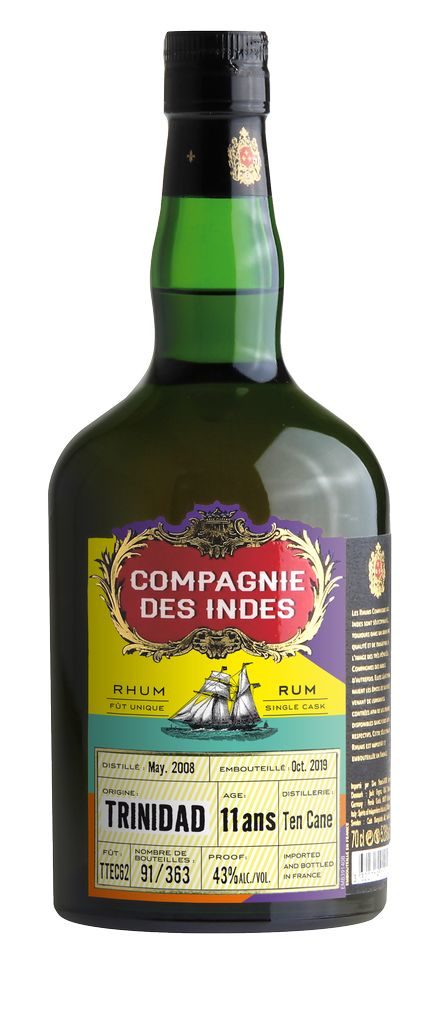
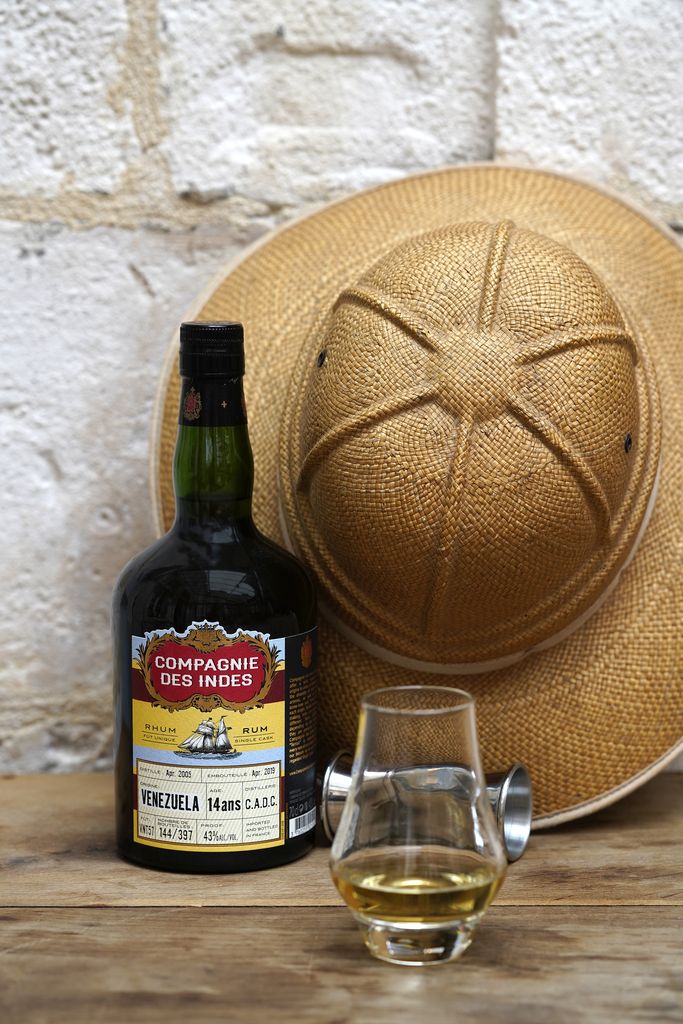
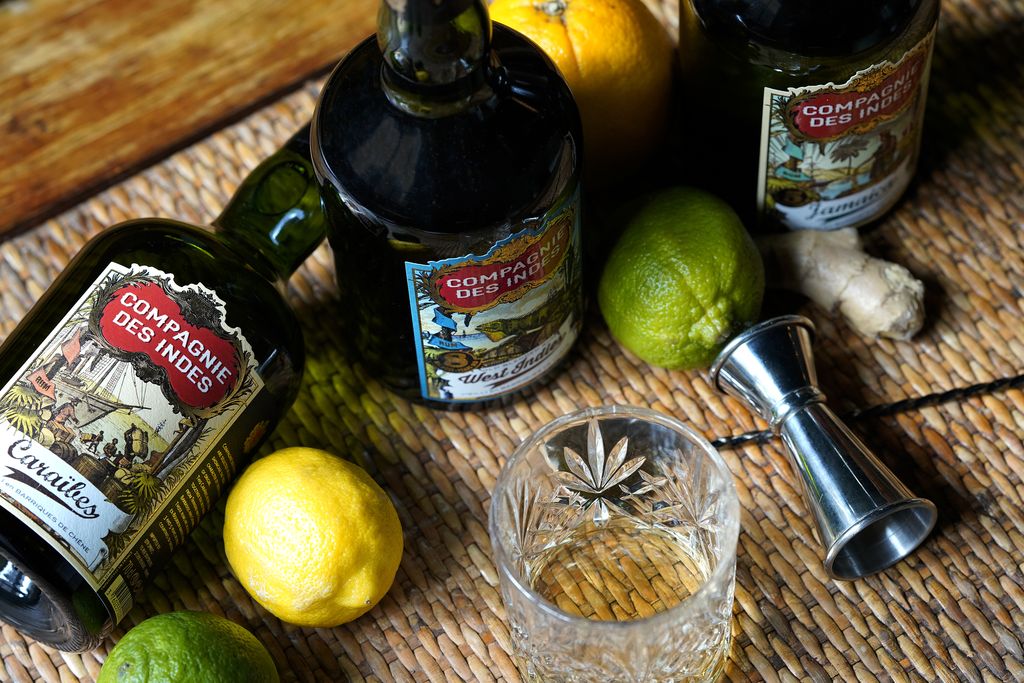
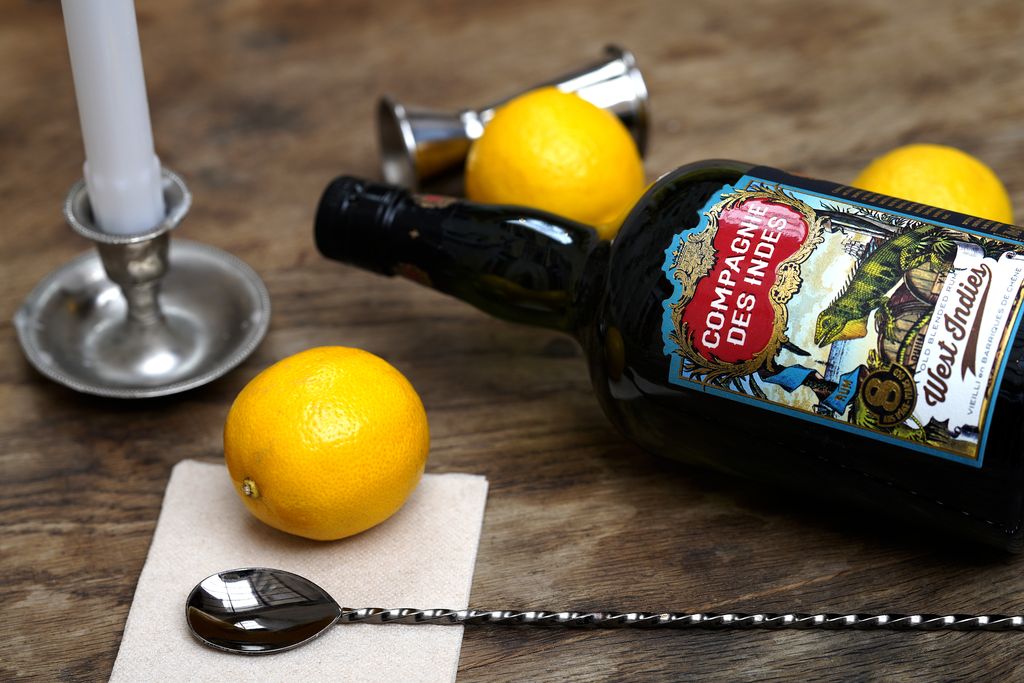



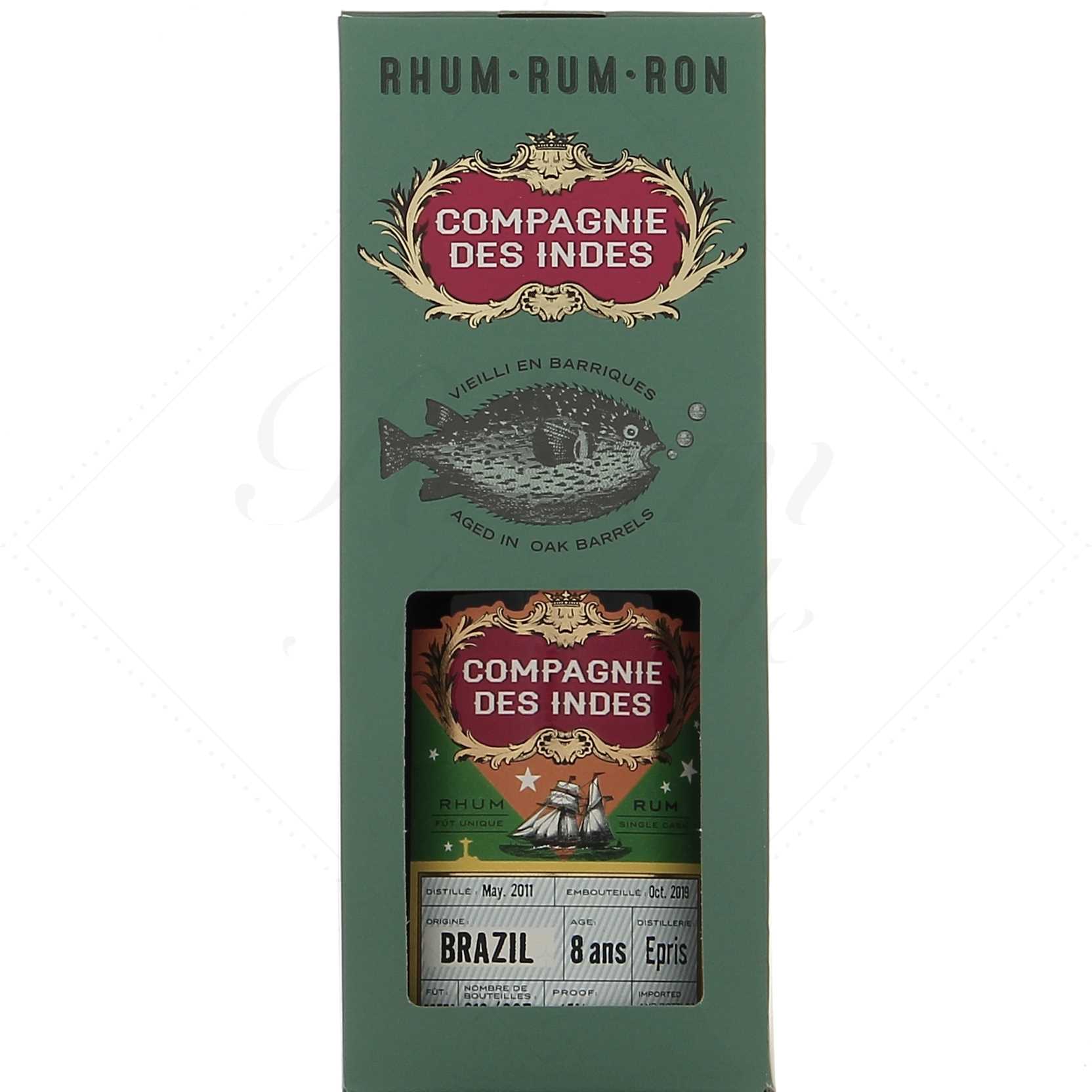
Very nice article, Florent, a passionate person at the service of his customers, and I know what I'm talking about... Good luck and success to you, you deserve it.
Already a very big name in rum, bravo to Mr. Beuchet